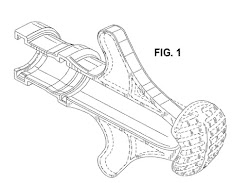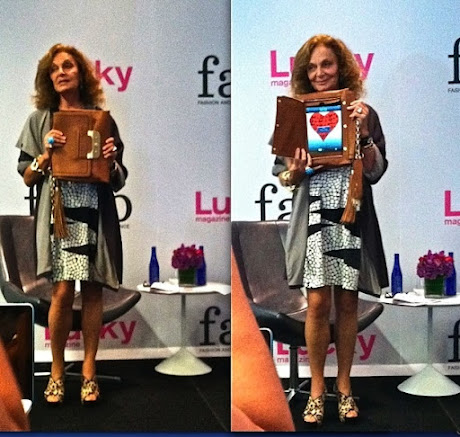Copyright © Françoise Herrmann
Beginning at NYU in Jan 2013 within the context of a Patents Translation course delivered online, this blog seeks to uncover the patents that rock our daily lives....
Saturday, July 26, 2025
Oh, patents! Interface for Rain Bird® wireless rain/freeze sensor
Friday, July 25, 2025
Oh, patents! Rain Bird® Insertion tool
Copyright © Françoise Herrmann
Monday, July 21, 2025
Oh, patents - Rain Bird® drip irrigation pipe cutting tool
Copyright © Françoise Herrmann
Saturday, July 19, 2025
Oh, patents! Rain Bird® drip irrigation emitters
Copyright © Françoise Herrmann
An improved drip irrigation emitter is provided for low volume supply of water at a trickle or drip flow rate. The emitter comprises a housing adapted for connection to a water supply hose, and includes a water inlet and a water outlet with an elongated pressure reducing flow channel extending therebetween. The flow channel is lined on opposite sides by a plurality of flow diverting ribs which project laterally and partially into the flow channel in a staggered or alternating pattern, in combination with a plurality of flow diverting weirs which project upwardly and partially into the flow channel from a floor thereof. The flow diverting ribs and weirs define a three-dimensional tortuous flow path for repeated back-and-forth and up-and-down directional flow change as water travels therethrough, resulting in an improved pressure drop between the water inlet and outlet. [Abstract US5820029A]
Monday, July 14, 2025
Oh, patents! Diane von Fürstenberg bag with tablet holder (2)
Copyright © Françoise Herrmann
Diane von Furstenberg (website)
https://www.dvf.com
Sunday, July 13, 2025
Oh, patents! Diane von Fürstenberg bag with tablet holder (1)
Copyright © Françoise Herrmann
The Diane Von Furstenberg (DvF) “bag with tablet holder“ was more than a tablet carrier. It was designed to enable using and viewing a tablet secured within the bag. The DvF bag with tablet holder not only resolved the prior art problems of having to haul around a second bag to accommodate a tablet. The DvF bag with tablet holder also resolved having to constantly take the tablet in and out of a bag, to see or use the device. The assumption in both cases, based on observation, was that everyone was using a tablet, and in need to consult their device several times during the day.
Disclosed herein is a bag with tablet holder that includes a body defining an inner compartment, a tablet pocket on the body defining a device compartment, a top opening defined by the body providing access to the inner compartment, and a rear opening to the tablet pocket providing access to the device compartment. An access flap extends from an edge of the tablet pocket and is movable between a closed position where it is secured over the pocket, and an open position where the pocket is uncovered and tablet is accessible. The device compartment includes a plurality of retention panels forming a border configured to receive and retain an electronic tablet in the pocket. The tablet can be accessed and used while remaining within the pocket in the bag. [Abstract US2013/0206527A1]
Reference
Diane von Fürstenberg (website)
Thursday, July 10, 2025
Oh, patents! Diane von Fürstenberg Stephanie hobo
Copyright © Françoise Herrmann
Sunday, July 6, 2025
Oh, patents! Diane von Fürstenberg medical gown
Copyright © Françoise Herrmann

A medical garment formed of a central body region and two side regions with a pair of belts and a pair of fasteners for securing the garment around a patient’s body is provided. The central body region may be worn on the back or front and may have a V-neck form. A waistband extends across the central body region and across one side region with a first belt secured at the junction of the central region and the second side region and extending to the outer edge of the first side region. The second belt extends from the secured end of the first belt through the waistband across the central body region, the second belt exiting the waistband at the junction of the second side region and central body region. A first fixed tie is positioned at the outer edge of the second side region along the position of the waistband. A second fixed tie is secured to the inside of the waistband between the central body region and first side region. This garment design allows for easy gathering of fabric to present a secure and attractive body covering. [Abstract US8990966]
References
Luthra, S. (March 30, 2025). A new unusual Diane Von Fürsetenberg gown. The Washington Post.




















